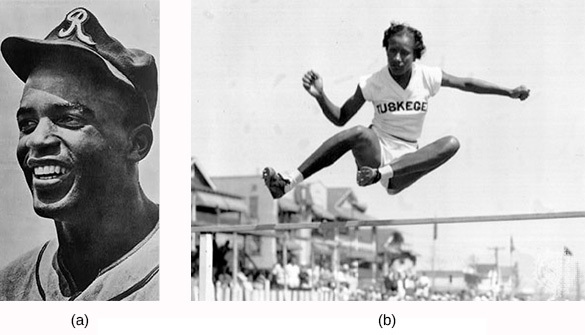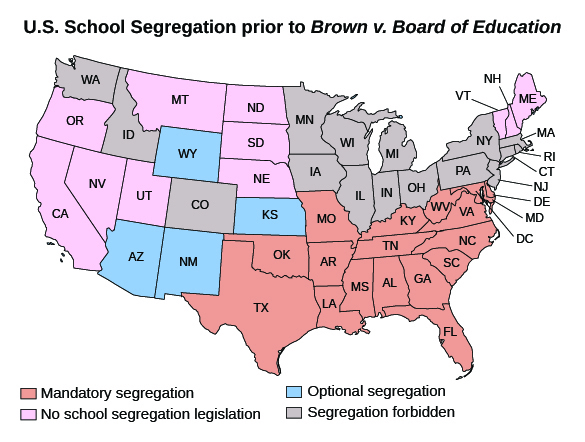| << Chapter < Page | Chapter >> Page > |
Other victories followed. In 1948, in Shelley v. Kraemer , the U.S. Supreme Court held that courts could not enforce real estate covenants that restricted the purchase or sale of property based on race. In 1950, the NAACP brought a case before the U.S. Supreme Court that they hoped would help to undermine the concept of “separate but equal” as espoused in the 1896 decision in Plessy v. Ferguson , which gave legal sanction to segregated school systems. Sweatt v. Painter was a case brought by Herman Marion Sweatt, who sued the University of Texas for denying him admission to its law school because state law prohibited integrated education. Texas attempted to form a separate law school for African Americans only, but in its decision on the case, the U.S. Supreme Court rejected this solution, holding that the separate school provided neither equal facilities nor “intangibles,” such as the ability to form relationships with other future lawyers, that a professional school should provide.
Not all efforts to enact desegregation required the use of the courts, however. On April 15, 1947, Jackie Robinson started for the Brooklyn Dodgers, playing first base. He was the first African American to play baseball in the National League, breaking the color barrier. Although African Americans had their own baseball teams in the Negro Leagues, Robinson opened the gates for them to play in direct competition with white players in the major leagues. Other African American athletes also began to challenge the segregation of American sports. At the 1948 Summer Olympics, Alice Coachman, an African American, was the only American woman to take a gold medal in the games ( [link] ). These changes, while symbolically significant, were mere cracks in the wall of segregation.

Until 1954, racial segregation in education was not only legal but was required in seventeen states and permissible in several others ( [link] ). Utilizing evidence provided in sociological studies conducted by Kenneth Clark and Gunnar Myrdal, however, Thurgood Marshall, then chief counsel for the NAACP, successfully argued the landmark case Brown v. Board of Education of Topeka, Kansas before the U.S. Supreme Court led by Chief Justice Earl Warren. Marshall showed that the practice of segregation in public schools made African American students feel inferior. Even if the facilities provided were equal in nature, the Court noted in its decision, the very fact that some students were separated from others on the basis of their race made segregation unconstitutional.


Notification Switch
Would you like to follow the 'U.s. history' conversation and receive update notifications?